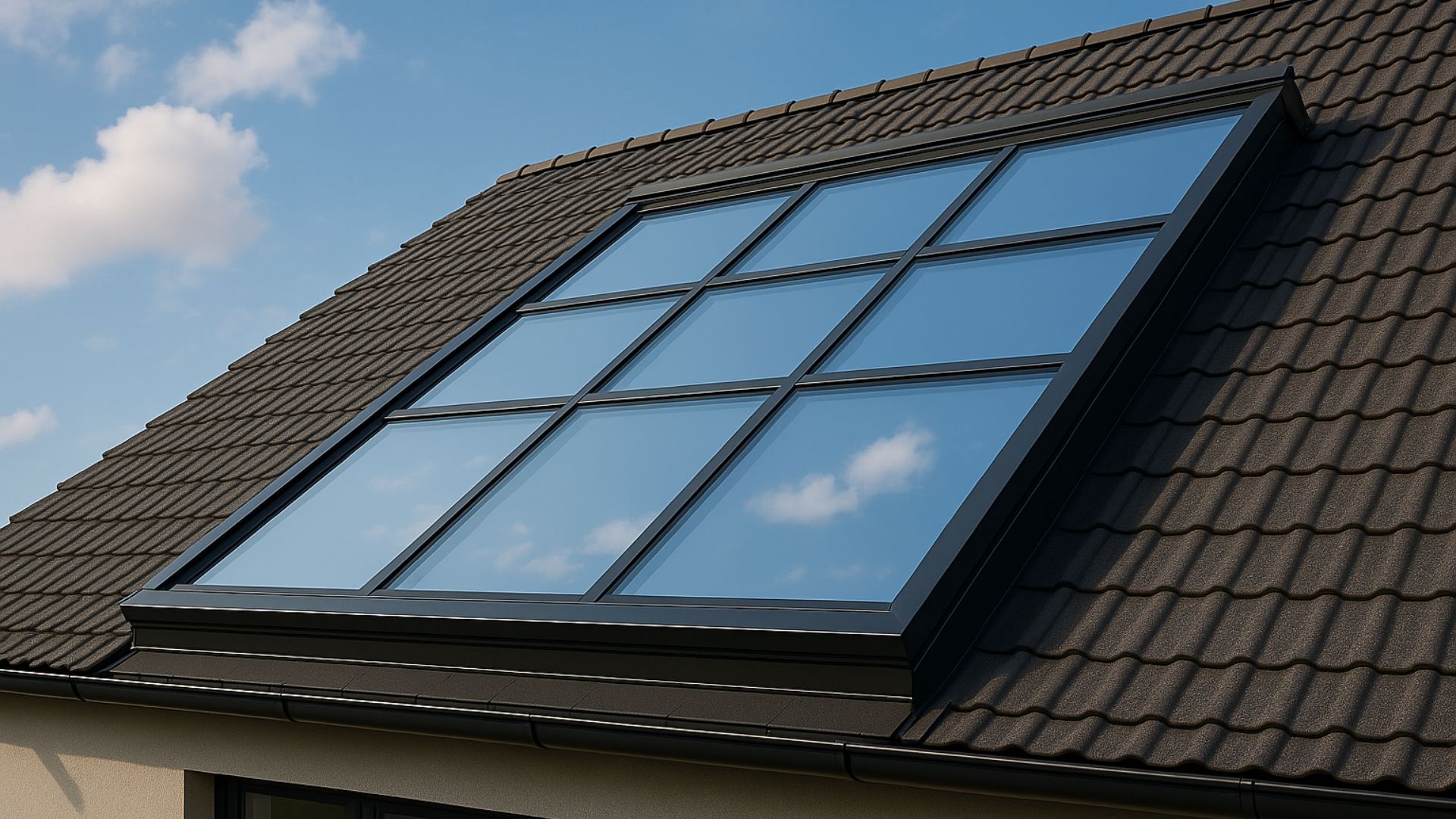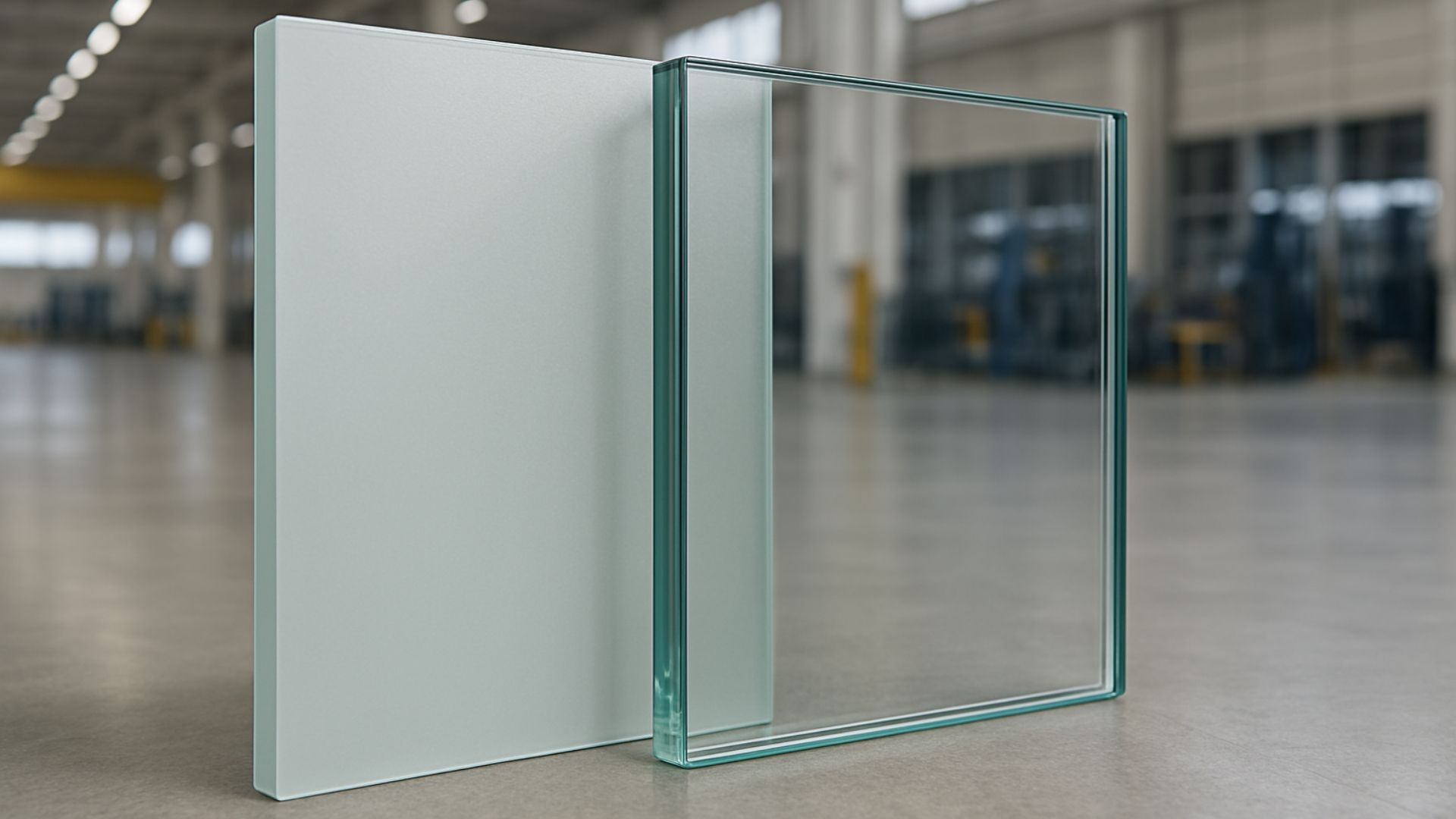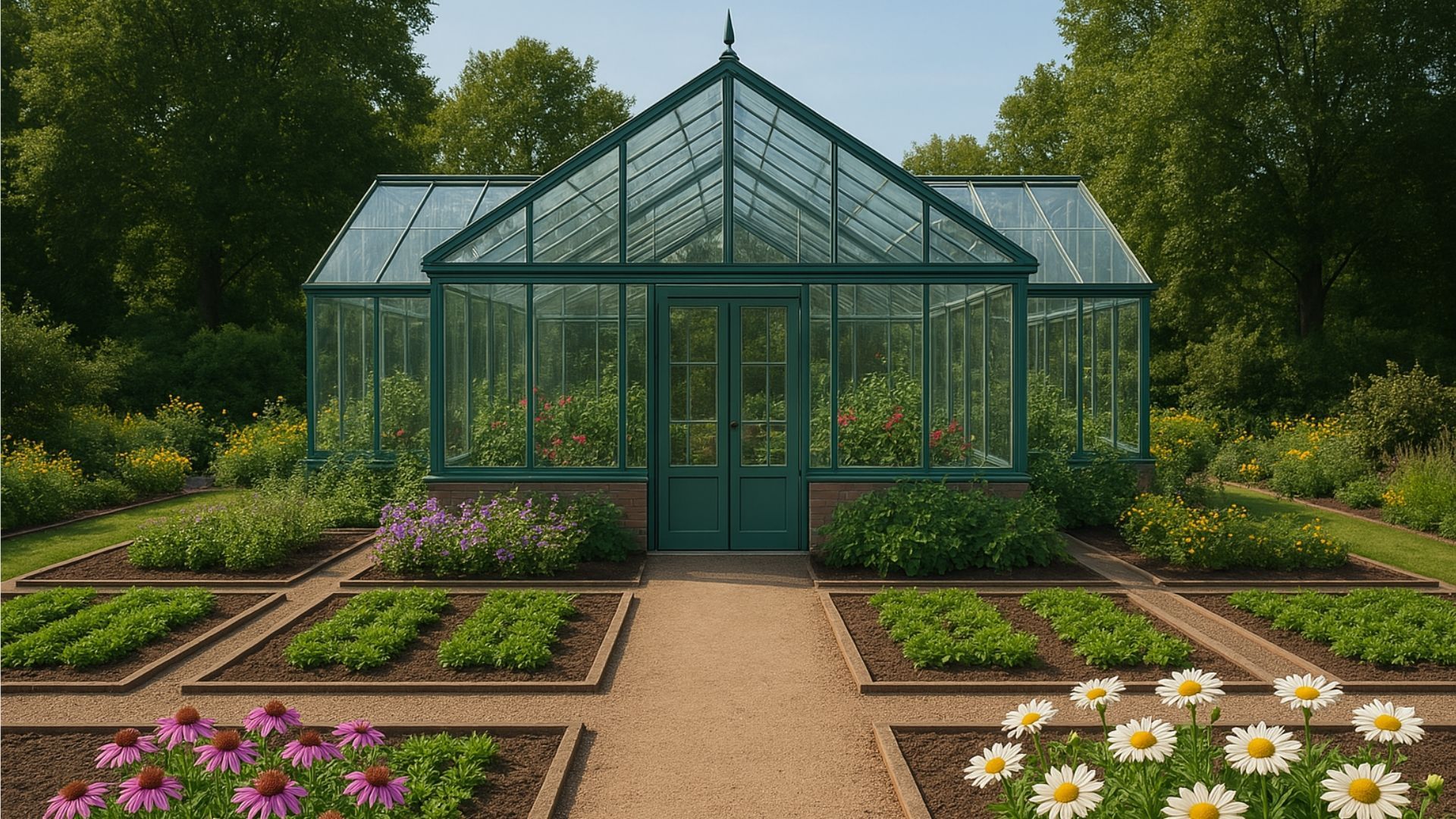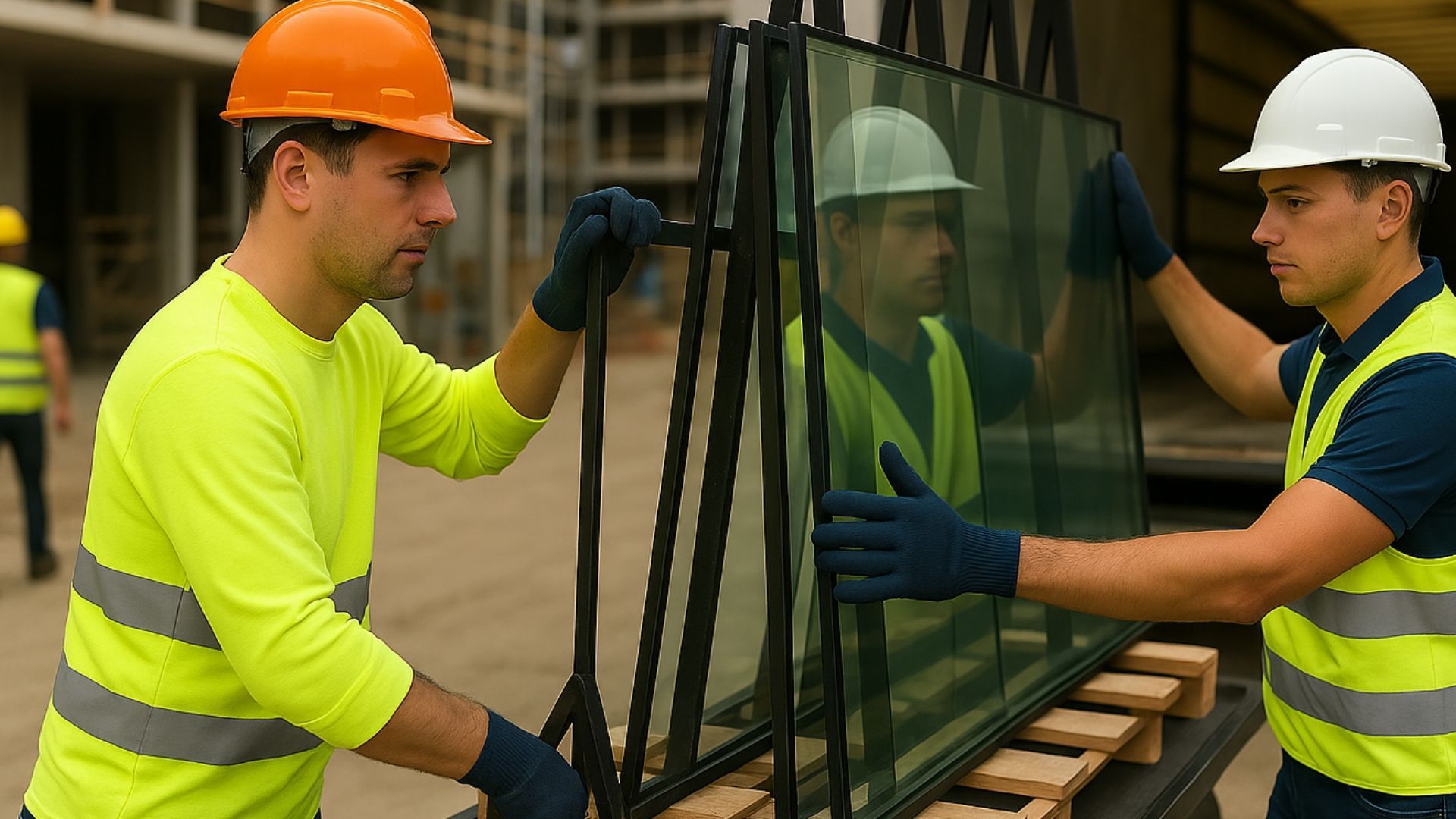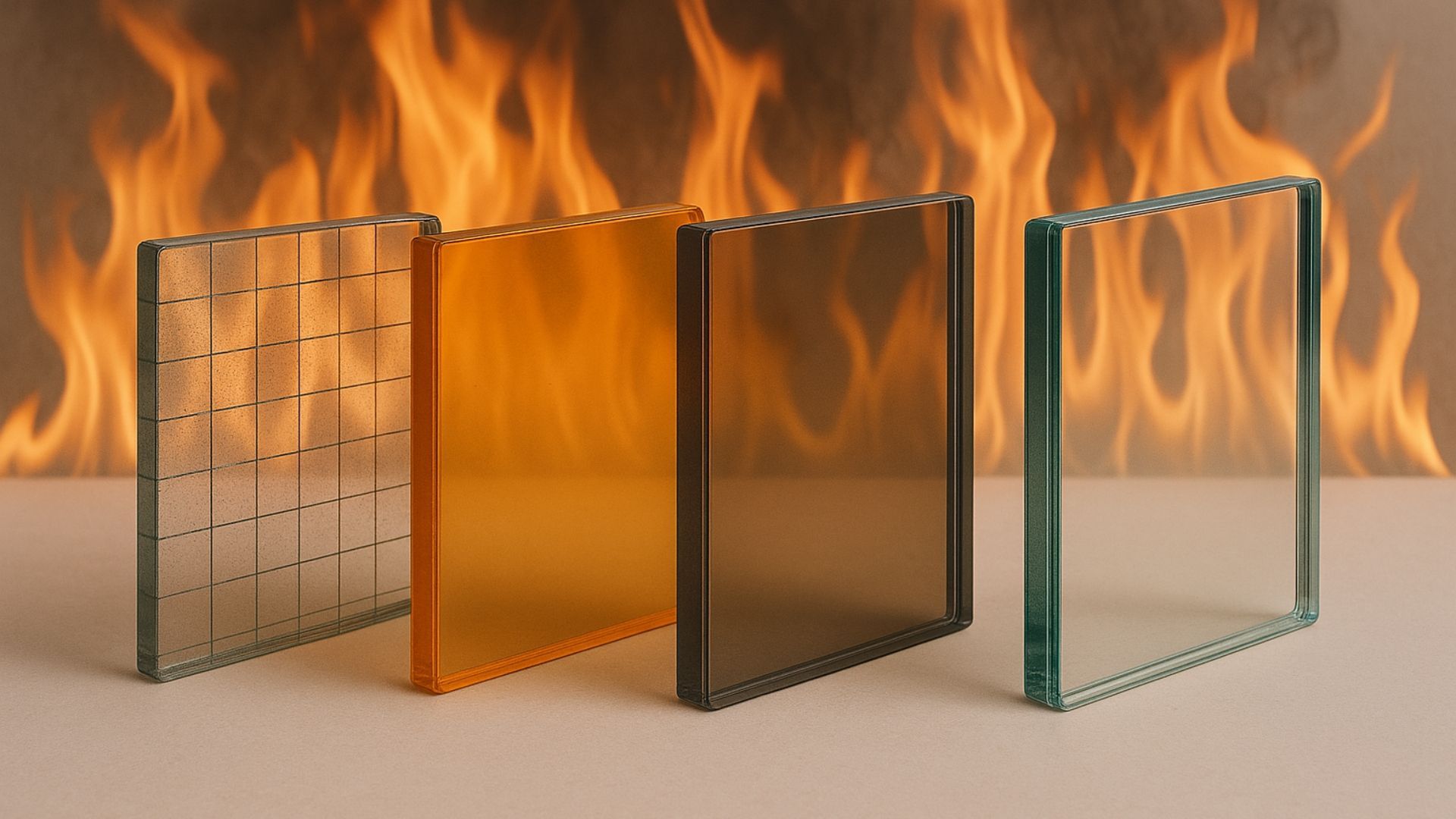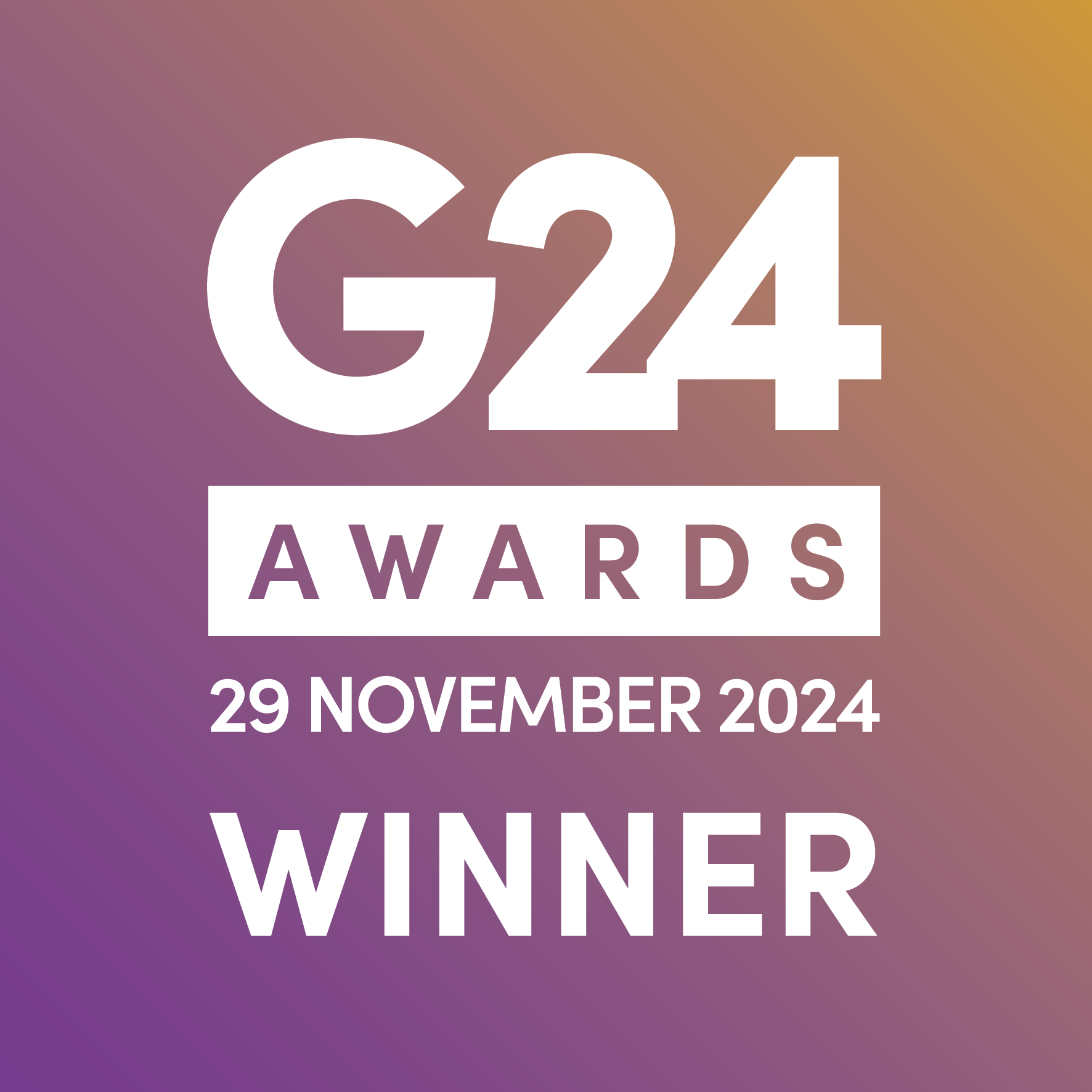Glass for wayfinding: examples and considerations
Share this blog:
Wayfinding is an essential part of any business environment. Find out how glass can unlock new possibilities.
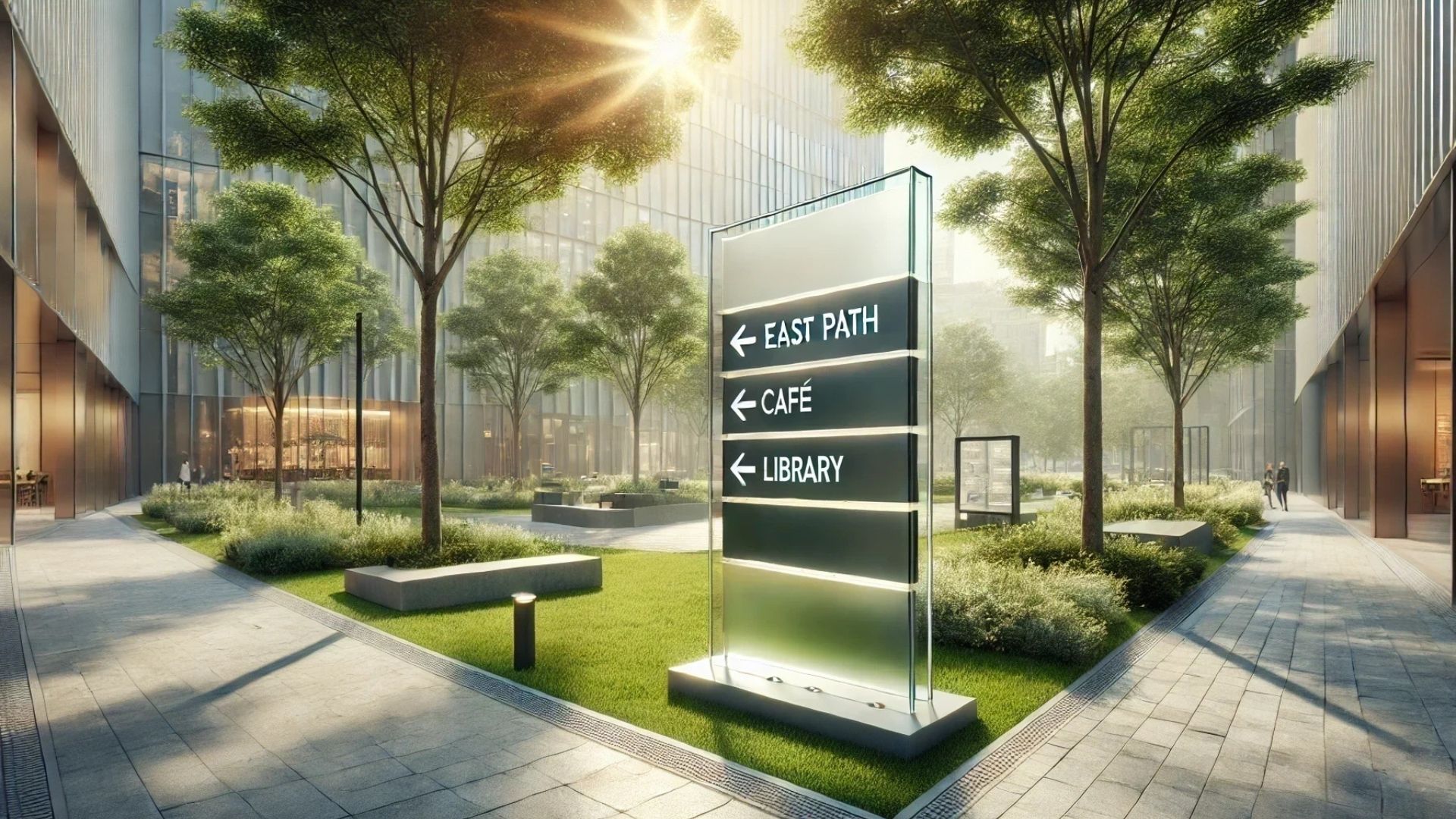
Offices are like cities. They're much more pleasant places to be when you can find your way around easily.
Running late for an appointment? The last thing you want to find is an office that's not effectively signposted.
When it comes to wayfinding, functionality is a huge issue. Signs should be accessible and easy to understand. Informational overload isn't just a nuisance – it can damage the reputation of your company.
But wayfinding also creates design opportunities that can make your brand identity sing like a canary.
When getting signs installed, toughened glass is the perfect material for the job. Not only is it durable – it's also versatile. In fact, there's never been a better time to customise glass signage.
Here at ToughGlaze, we cut toughened glass to meet your requirements – and we can decorate it to your heart's content.
Here, then, are some common examples of glass for wayfinding. We hope they point you in the right direction!
The four stages of wayfinding
Wayfinding is primarily about getting people from A to B. But it can actually be split into four stages – and each one needs to be reflected in your signs.
The first is orientation. People need to understand quickly where they are in relation to their destination.
Secondly, there's route decision. This answers the question, "Where do I need to go?"
Thirdly, there's route monitoring. As you head to your destination, you want to be reassured by additional signage that you're going the right way.
Finally, there's destination recognition. This lets you know that you've reached your destination – be it a hanging sign, a room name or a door number.
Office signage
Whichever way your signs are pointing, toughened glass is the way to go.
This is partly because, as the name suggests, it's tough – around five times tougher than standard annealed glass.
But it's also clear, beautiful and easily customised. You can easily decorate it so it blends seamlessly with your office environment.
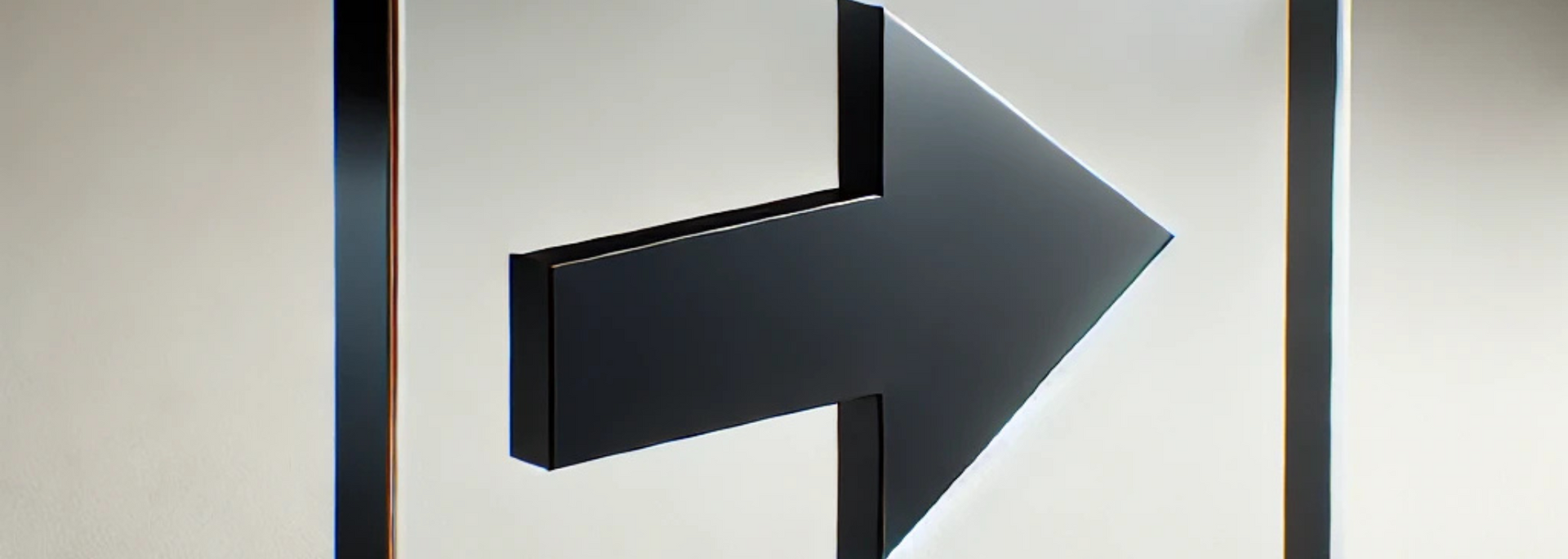
You can get text or images digitally printed or screen printed in photorealistic quality. You can get frosted and tinted effects, mesh fabric interlayers – even smart glass that can be switched on and off with a button on your smartphone.
The possibilities are wide-ranging and exciting. Have a look at our product range to find out more about your options.
Colour coding
Many organisations now use colour coding to make signs more legible. It helps avoid overcrowded signs with text and graphics. This, in turn, reduces the likelihood of information overload.
If you do opt for colour-coded signs, consider glass as your primary material. Glass can be laminated with
coloured interlayers and many processors (ourselves included) offer a huge array of hues. Choose the precise colour from the palette that matches your brand identity.
The result is signage that's useful, beautiful and coordinated. What's not to like?
Additional information
The main purpose of a sign is to show the way. But wayfinding signs can also be extremely useful display boards for information.
They can include essential messaging about business hours, emergency procedures, WiFi codes and more. They can tell staff and visitors which areas are restricted.
As with all signage, legibility is extremely important. When designing informational signs, you want the text to be legible and your designs to be spaced out. No one wants to be stressed out by a confusing or unclear sign.
Digital wayfinding tools
Over the years, wayfinding has come a long way – from breadcrumb trails and
stick charts to digitally printed signs. A recent development has been the use of digital wayfinding.
These are cloud-powered, self-service kiosks that provide the user with easy-to-read floor plans and digital maps. They also sometimes take the form of mounted iPads and touchscreens – a cheaper but no less effective solution.
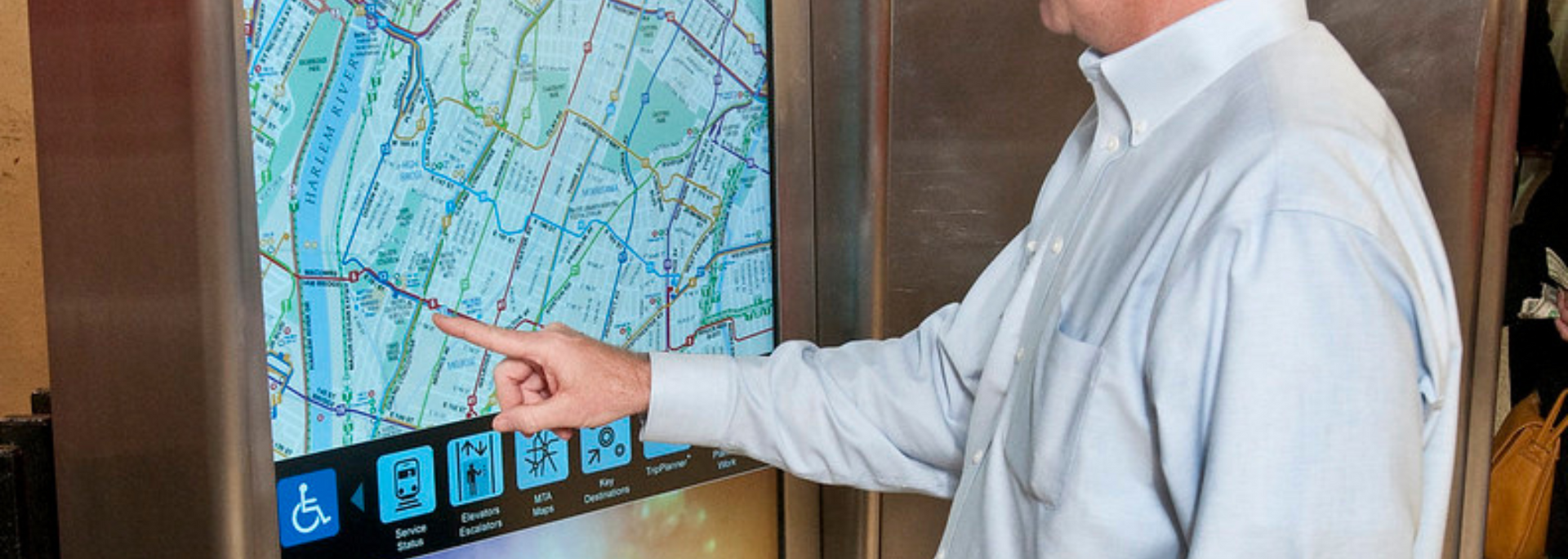
Kiosks, iPads and touchscreens are especially valuable in large offices and facilities, as well as in locations where rooms have different functions or layout changes are the norm. On top of this, they can be useful to remote or hybrid workers who aren't familiar with the office environment.
They're found more and more in hospitals, urban routes, corporate offices and other settings – and there's no indication that adoption will slow down anytime soon.
In all these cases, manufacturers turn to thin, durable, scratch-resistant glass, often with a toughened glass protector to mitigate any knocks or bumps.
Considerations
Glass for wayfinding comes with its own challenges and considerations. These are both functional ("How can we make this signage effective?") and aesthetic ("How can we make it look the part?")
As well as working with a high-quality glass vendor, you should keep the following three points in mind.
1. Is it visible?
This might sound silly – but when it comes to wayfinding, visibility is all. After all, there's no point in having directions and information positioned in a way that's hard to read. Make sure your designs are legible, spaced out and placed at the right height.
2. Does it reflect your brand identity?
Glass signage is a great way to reinforce your brand identity, be it through logos, brand colours, fonts or other visual details. Wayfinding signs that don't match your brand are a missed opportunity. Don't let it happen to you!
3. Is there a good balance of privacy and light?
Every building has to balance the benefits of natural light with the need for privacy. This can be achieved through the use of tinted or
sandblasted glass, as well as
switchable smart glass that gives you privacy on demand.
Keep these three points in mind and you'll put yourself in a stronger position to get wayfinding signs that are both functional and aesthetically pleasing. Just make sure you're getting your glass from a reputable provider!
Are you looking for high-quality
toughened glass for wayfinding applications?
Get in touch with ToughGlaze today for a quick, competitive quote.
